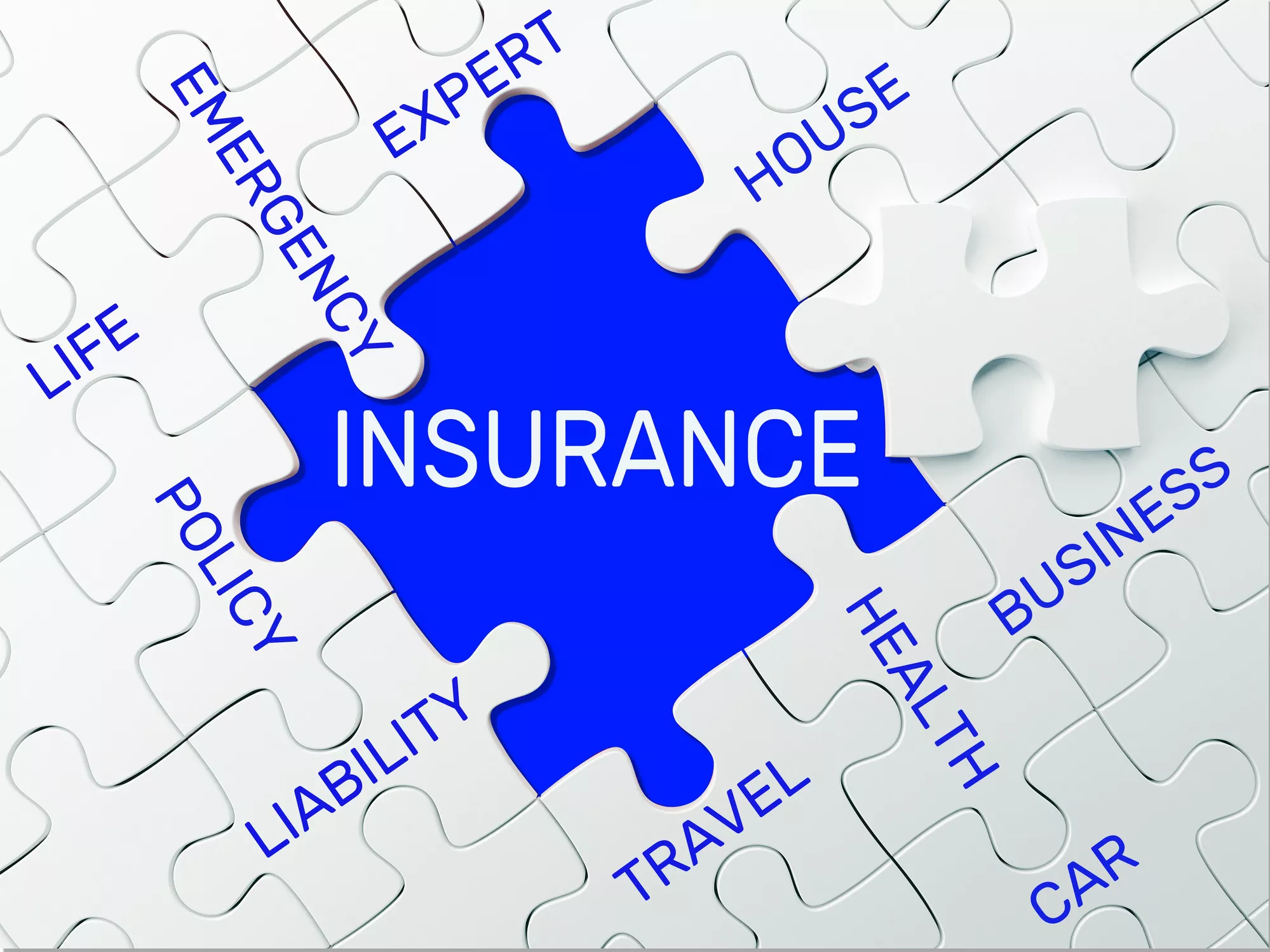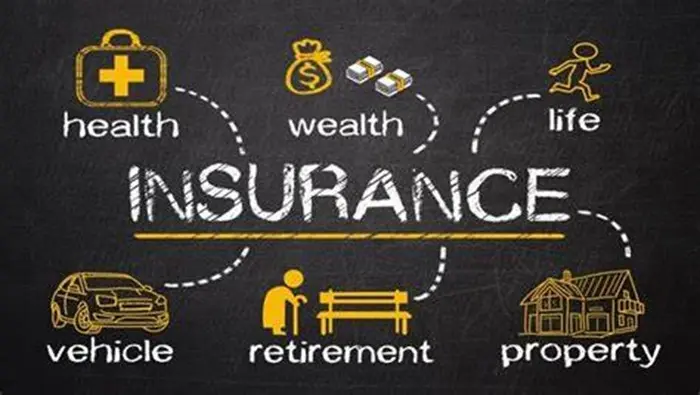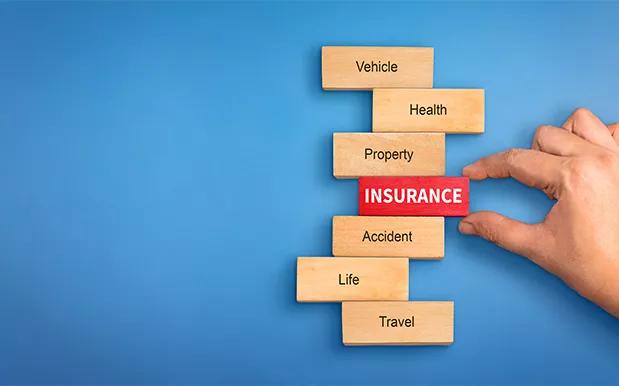Car accidents can be stressful, especially if you’re the at-fault driver. In addition to dealing with the emotional and physical consequences, you may also face financial consequences, including higher insurance premiums. If you’re involved in an at-fault accident, a common question is how long this will affect your insurance rates. Understanding how at-fault accidents affect insurance costs can help you make smart insurance decisions and give you a clearer picture of what to expect in the future.
This article explores the effects of at-fault accidents on insurance premiums, how long these effects may last, and what you can do to manage the financial impact. Whether you’re a new driver or have years of driving experience, understanding these factors is essential to getting the right coverage at a reasonable price.
What is an at-fault accident?
Definition of an at-fault accident
An at-fault accident occurs when a driver’s actions are determined to be the cause of an accident. This could mean running a red light, failing to yield the right of way, speeding, or other traffic violations or negligence. The insurance company will evaluate the circumstances to determine liability, and if it is determined that you were at fault, you may be held responsible for damages caused to the other driver and their property.
In many cases, your insurance company will cover the costs, but your premiums may go up as a result if the driver was at fault. The impact of an at-fault accident on your insurance depends on a variety of factors, such as the severity of the accident, your driving history, and your insurance company’s policies.
How Insurance Companies Determine Fault
Insurance companies use different methods to determine who was at fault for an accident. Typically, this process involves reviewing:
Police Report: A police report includes details of the accident, such as location, circumstances, and witness statements. This is often one of the most critical pieces of evidence in determining fault.
Driver and Witness Statements: The insurance adjuster will take statements from the driver involved and any available witnesses to understand what happened.
Traffic laws: Insurance adjusters may look at any traffic laws that were violated, which may directly impact who is deemed at fault.
Physical evidence: Evidence from the accident scene, such as vehicle damage and skid marks, can also provide valuable insight into the cause of the accident.
Once fault is determined, the insurance company may pay for the damages through your policy or the at-fault party’s policy, depending on the circumstances.
How At-Fault Accidents Affect Insurance Premiums
The Impact of At-Fault Accidents on Insurance Premiums
When you are involved in an at-fault accident, the main consequence is likely to be an increase in your auto insurance premium. However, the exact impact on your premium will depend on several factors, including:
The severity of the accident: More serious accidents can lead to higher claims, which can cause your premiums to increase significantly.
Your insurance history: If you have a good driving record with no accidents or claims, the premium increase may be less than if you have a history of accidents or traffic violations.
State Laws: Insurance regulations vary from state to state, and some states have laws that limit how much your premiums can increase after an at-fault accident.
Insurance Provider Policies: Different insurance providers have different policies regarding rate increases after an accident. Some providers may be more lenient, while others may significantly increase premiums after just one accident.
On average, a single at-fault accident can increase your insurance premiums by 20% to 40%. However, in some cases, premiums may be higher depending on the factors listed above.
Factors that influence premium increases
After an at-fault accident, several factors can influence how much your premiums will increase:
Your driving history: If this is your first accident, your premiums may increase less than if you have multiple accidents on your record. A history of safe driving can sometimes result in a smaller rate increase.
Extent of damage: If the accident caused significant damage to the other driver’s car or property, your insurance company may raise your premiums to compensate for the increased risk.
Insurance company’s risk assessment: Insurance companies calculate risk based on a variety of factors. If the accident is considered a high-risk event (for example, if reckless driving was involved), your premiums may increase significantly.
Claims history: If you have a history of claims, your premiums may be higher than if you had your first at-fault accident. Multiple claims indicate a higher likelihood of future accidents.
How long does an at-fault accident affect your insurance?
Typical duration of premium increases
The impact of an at-fault accident on your premiums typically lasts three to five years. During this time, your premiums may be higher than they were before the accident, reflecting the higher risk the insurance company perceived when insuring you. However, after this time, an at-fault accident generally no longer affects your rates, provided you have no other accidents or claims during that time.
In most cases, insurance companies will gradually reduce your premiums once the accident is no longer on your record. This is because the risk of insuring you decreases as you maintain a good driving record over time.
State-specific regulations
The duration of a premium increase may vary depending on the state you live in. Some states have laws that limit the number of years an accident can affect your premiums. In other states, insurance companies can increase premiums as long as the accident remains on your driving record.
For example, in California, state law prohibits insurance companies from raising premiums for accidents that occurred within the first 36 months if the driver was not at fault. In New York, premium increases may only last for three years. Be sure to check your state’s regulations to find out how long the effects of an at-fault accident will last.
The Role of “Accident Forgiveness”
Some insurance companies offer a program called accident forgiveness. With accident forgiveness, your first at-fault accident may not result in an increase in premiums. These programs are usually available to customers who have maintained a good driving record for a certain period of time or long-term policyholders. However, keep in mind that accident forgiveness policies may vary from provider to provider.
Even with accident forgiveness, premium increases after a second or third at-fault accident may still apply.
What to do after an at-fault accident
1. Notify your insurance company immediately
If you are in an at-fault accident, the first thing you should do is notify your insurance company. Not reporting the accident could cause problems with your insurance, and your insurance company could deny your claim.
2. Review your policy for coverage details
After an accident, review your insurance policy to understand your coverage. If you have collision coverage, your insurance will generally cover damage to your vehicle. If you do not have collision coverage, you may be responsible for paying for repairs to your car.
3. Consider repairing your own vehicle
If the accident was minor and you have collision coverage, you may want to consider repairing your vehicle through your own insurance. However, you should weigh the cost of repairs against a potential increase in your premium, as filing a claim could result in higher rates.
4. Review insurance discounts and plans
After an at-fault accident, you may still be able to lower your premiums by taking advantage of discounts offered by your insurance company. These discounts include discounts for taking a defensive driving course, installing safety features on your car, or bundling multiple insurance policies.
5. Shop around for insurance
If your premiums have increased significantly after an at-fault accident, it may be a good idea to shop around for new insurance quotes. Different companies have different pricing models, and switching to a new insurance company can help you find more competitive rates.
Conclusion
Being involved in an at-fault accident can be stressful, both emotionally and financially. While your insurance premiums may go up as a result of an accident, it’s important to understand the factors that influence this increase and how long it will affect your rates. Typically, an at-fault accident will affect your premiums for three to five years, but this can vary depending on state laws, your driving history, and the insurance company’s policies.
The key to managing the financial impact of an at-fault accident is to stay informed about your policy and explore opportunities to reduce your premiums, such as accident forgiveness programs, discounts, and shopping around for competitive rates. By maintaining a good driving record, you can minimize the long-term impact on your insurance costs and protect your financial well-being.



























